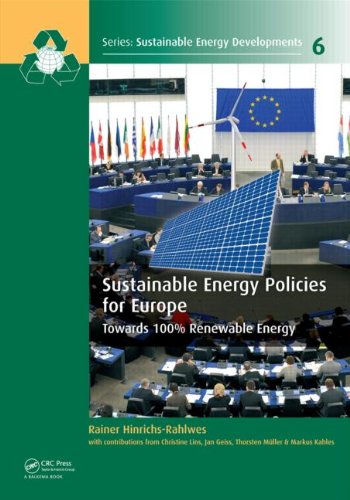

Most ebook files are in PDF format, so you can easily read them using various software such as Foxit Reader or directly on the Google Chrome browser.
Some ebook files are released by publishers in other formats such as .awz, .mobi, .epub, .fb2, etc. You may need to install specific software to read these formats on mobile/PC, such as Calibre.
Please read the tutorial at this link: https://ebookbell.com/faq
We offer FREE conversion to the popular formats you request; however, this may take some time. Therefore, right after payment, please email us, and we will try to provide the service as quickly as possible.
For some exceptional file formats or broken links (if any), please refrain from opening any disputes. Instead, email us first, and we will try to assist within a maximum of 6 hours.
EbookBell Team

4.4
12 reviewsThe discussion about energy perspectives beyond 2020, up to 2030 and eventually 2050 has started. There seems to be a verbal consensus on the necessity of ambitious climate change mitigation policies, without a convincing perspective of the necessary policy decisions to be reached in due time. Methods to achieve greenhouse gas reduction as well as energy security vary from aiming for 100% renewable energies and setting up appropriate policy frameworks to implementing a mix of renewables comprising so-called clean fossil and nuclear energy. This book provides an analysis of the different approaches and the reasons why there is no sustainable alternative to aiming for 100% renewables – and how this vision could come true. The book provides an overview and in-depth analysis of a vital debate. It describes how the present policy framework with 2020-targets for the share of renewables, for increase of energy efficiency and for greenhouse gas emissions reduction was developed and how it has been implemented so far. Furthermore, it describes and analyses the emerging debate about the future of our energy system and the necessary next steps and targets leading up to 2030.